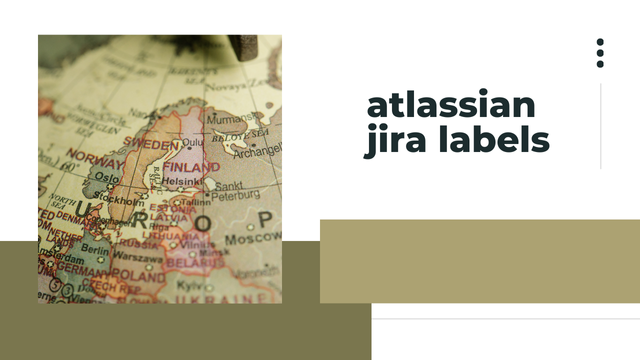Understanding Atlassian Jira Labels: A Comprehensive Guide
Jira from Atlassian is a project tracker that is employed by the teams to schedule and monitor the work that a team does. One of them is so-called labels system which makes it possible to sort the issues according to a selected criterion. Honestly, today they are one of the most frequently used instruments all around, and our guide below will explain what Jira labels are, how one can use them, and how to apply them successfully to the project you work on.
What Are Jira Labels?
There are different formats being utilized in Jira, one is Labels and this is simply a label attached to an issue (task, bug, story, and the rest). These can be fully flexible in the extreme as in you can call and use exactly what label you want. This versatility of labels makes labels useful when handling the projects with varying requirements in one team.
It is quite different from other Jira fields, for example, the components or versions because there actually is no list at all. In fact, if you have a certain problem, you can use as many tags as you need, which will help a lot in the classification of a multifaceted work or functioning of a large team.
Benefits associated with labels in Jira
Improved Issue Organization: Labels help you to sort issues by the projects or sprints, or even epics as is convenient for you. For instance, labels can be ‘bug,’ ‘UI,’ or ‘backend’ that can briefly characterise, for example, the subject of a problem.
Enhanced Search and Filtering: It also important to note that filters issues is one of the strongest sides of Jira labels .. This way you can search the issues with specific labels making it easier for you to find tasks that are not sorted by Jira’s default categorization but are arranged in categories important to your team.
Tracking Trends:
It is also important to use labels in order to monitor changes from one period to another. For instance, if you are struggling with a project that is carried out over several weeks or months, then the labels shall include the parts of the project from; design phase, development phase, testing phase and so on so forth to see where most of resource is needed.
Custom Workflows:
Using custom workflows of Jira, labels can be set to invoke automation rules including notifications or changes in status when labels are added. It can have the effect of improving the efficiency of your team, making tasks pass through the pipeline more quickly and without a hitch.
How to Use Labels in Jira
Adding Labels to Issues Labeling an issue is a very simple process. As you know when you create or update an issue in Jira, there is a field called “Labels”. Only write the name of the label and press enter. The labels can be added to one issue can be many and separated by a comma. In case the required label is not yet available, then Jira will generate the label for you.
Therefore, when finding Issues it is useful to filter them with just Specific Labels. For instance, if you want to find issues labeled by some label, you can search it on Jira. And from the issue navigator if you want to filter by labels you only need to type it in a field “Labels”. You can use Jira Query Language (JQL) for most refined searches, by entering a JQL query into the query bar. For instance, by using the JQL query: labels = “UI”, one will obtain all issues that have the label “UI” assigned to them.
JIRA: Good Practice Guide to Labeling
Consistency is Key: However, it is crucial to address the issue of how labels are named in your team in order to avoid confusion. For example, you may choose whether to use a singular or plural form of a label and you have to make sure that everyone who works for you is using the correct one.
Conclusion
Jira labels are just tags that have a lot of potential to improve your issue navigation, search, sorting, and filtering. If used correctly, labels will help your team work better, make processes more efficient, and provide you with better information concerning your projects. No matter what you are sorting your tasks, monitoring the tendencies, or coordinating the big projects, labels are valuable instruments in workers’ operations with Jira.
ALSO READ THIS: AGL LR Jiren – Dragon Ball Legends: A Comprehensive Guide

